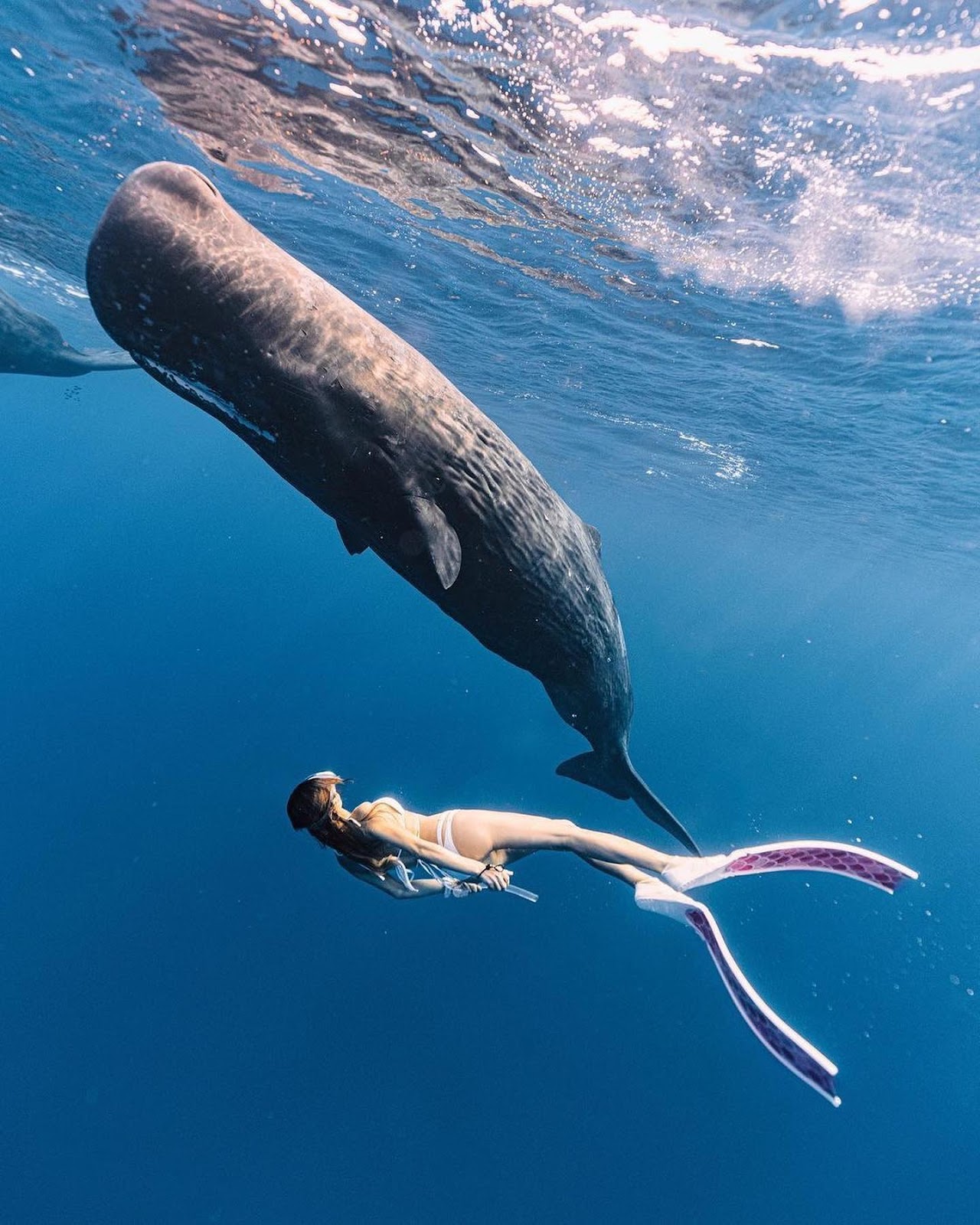Okay, this is not about sucking whales into giant buckets to take them away from offshore wind harm. Would that it were but whales are way too big for that.
Instead it is about a technology that can go a long way in reducing the harm to whales and other protected marine species. Simply put, suction buckets are a wind turbine foundation design that eliminates the need for those incredibly loud giant monopiles. Of all the ways that offshore wind threatens whales monopiles are the worst, while suction buckets are benign.
CFACT is calling for the banning of monopiles in favor of suction buckets. Mind you CFACT has made clear that they oppose offshore wind as destructive, ridiculously expensive and completely unneeded. But if the Feds insist on having offshore wind it should sit on suction buckets not monopiles.
To begin its call for banning monopiles CFACT recently posted comments to BOEM and NOAA via a proposal from the Beacon Wind project. Beacon is considering using suction buckets and wants to run some test cases. CFACT not only endorses these tests it calls on this to be standard procedure on all offshore wind projects.
Suction bucket technology is simple and elegant. The bucket, less colorfully called a suction caisson, is a simple cylinder that is closed on one end. Installation is in two steps. First the cylinder is set on the ocean floor with the open end down so it settles into the ocean floor a little way, thus sealing off the interior.
Then some of the water in the cylinder is pumped (or sucked) out. This reduces the internal pressure such that the external water pressure presses the cylinder into the sea floor. Pumping continues until the cylinder is fully embedded, where it can then be used as a structural foundation.
Instead of manually driving a pile, the ocean itself supplies the force. Three or four buckets are typically used to support a framework that then holds up the turbine tower.
The suction bucket technology has been around for many years, often used for anchoring offshore oil rigs. Using it for offshore wind is relatively new but Ørsted, the world’s biggest developer, has a 900 MW project underway off Taiwan so it is clearly feasible at the scale of US offshore projects.
Here is their description of suction bucket technology: https://orstedcdn.azureedge.net/-/media/www/docs/corp/com/our-business/wind-power/bucket-jacket_long-version.pdf?
Here are some central excerpts from the CFACT comments calling for a ban on monopiles in favor of suction bucket technology:
“Suction buckets are the perfect acoustic mitigation technology as installing them makes very little noise, while installing monopiles is incredibly loud. Using them instead of monopiles will avoid the acoustic harassment of many thousands of marine mammals and other protected species.”
“This profound mitigation effect includes protecting the severely endangered North Atlantic Right Whale.”
“BOEM and NMFS should mandate that suction bucket technology be used for all fixed foundation offshore wind development, instead of piles, except where it is completely infeasible, which may be nowhere. At present it appears that all of the proposed and in process BOEM offshore wind projects with fixed foundations use deadly noisy monopiles. This use of monopiles must be replaced with suction bucket technology which is very quiet to install.”
“As part of this mandate NMFS should cease authorizing thousands of marine mammal acoustic harassments per project from monopiles. It should also rescind all those authorizations where construction is not largely completed. Projects under construction using monopiles can switch to suction bucket foundations for their remaining turbines and substations.”
This is the first I've heard of "suction bucket" pile driving, but it makes a lot of sense. I don't know how it compares in cost to a comparably strong monopile, but if it saves the whales, I'm for it.
FWIW, for the umpteenth time, I don't believe that whales are being harmed by pile driving and sonar work associated with offshore wind power, but I don't disbelieve it either. Plausible mechanisms have been offered for how it might happen, but short of a test that I don't find very practical (OK, NSF, I want to expose a population of whale to various noises, while keeping a control population) it seems we won't find out. I just know that if it were a coal or nuclear power possibly having such effects "environmentalists" would be howling to ban them based on the precautionary principle.



No comments:
Post a Comment